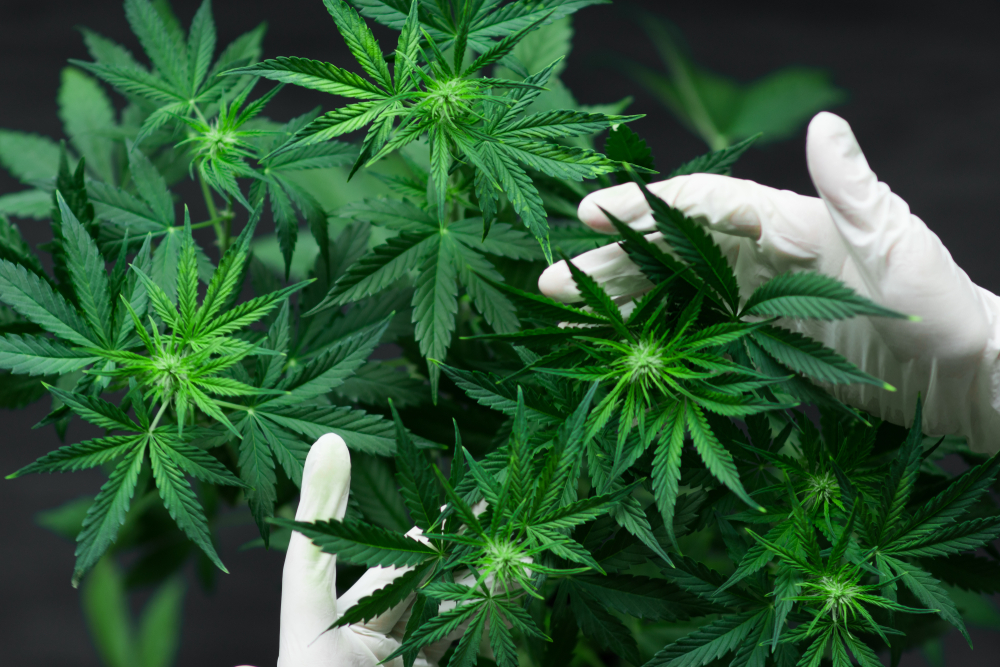Researchers used data from smartphones and Fitbit wearables to determine when people were high with 85% accuracy.
Cannabis use is traditionally determined via urine, saliva, and hair strand tests. However, these methods demand lab analysis, and immediate cannabis consumption might not be immediately apparent in some tests.
Sang Won Bae and her team from Stevens Institute of Technology, New Jersey, aimed to accelerate the process of determining hazardous intoxication levels.
In their study, 33 frequent cannabis users reported their daily consumption over a span of 30 days.
Throughout this duration, participants wore activity trackers – namely Fibits – which recorded metrics like heart rates, step counts, and sleep patterns.
Meanwhile, phone sensors monitored their micromovements, such as phone-handling patterns, to evaluate coordination and stability.
After collecting preliminary participant data, the team trained the machine learning model to recognize potential signs of cannabis use.
When tested on the remaining dataset, the trained model achieved an 85% accuracy rate in identifying individuals who had consumed cannabis in the preceding 5 minutes.
Wearables like Fitbits collect vast quantities of data from their users, but tapping into them to predict whether someone is high would be enormously controversial.
Regarding the AI’s accuracy, Chung mentions that it relies on participant self-reporting, which hinders its real-world uses.
How the study worked
- Objective: The researchers set out to find if combining smartphone sensors and a Fitbit could accurately detect real-time episodes of acute marijuana intoxication.
- Methodology: Over 30 days, 33 young adults reported their marijuana consumption and associated feelings of intoxication. They recorded their subjective feelings within 15 minutes of using marijuana and for three semi-random daily prompts.
- Variables measured: Participants rated their intoxication on a scale: “not intoxicated” (score = 0), “low intoxication” (score = 1-3), and “moderate to high intoxication” (score = 4-10). Smartphone sensors and the Fitbit measured factors such as heart rate, micro-movements, and larger movements determined by GPS (termed macro-movement or radius of gyration) and noise energy levels in their immediate environment.
- Results: By modeling the data with the EXtreme Gradient Boosting Machine classifier (XGBoost), the researchers could detect whether people had consumed cannabis in the last five minutes with an accuracy of 85%.
Monitoring people through their wearables to determine potential cannabis usage – that’s one way to ramp up their paranoia levels.





